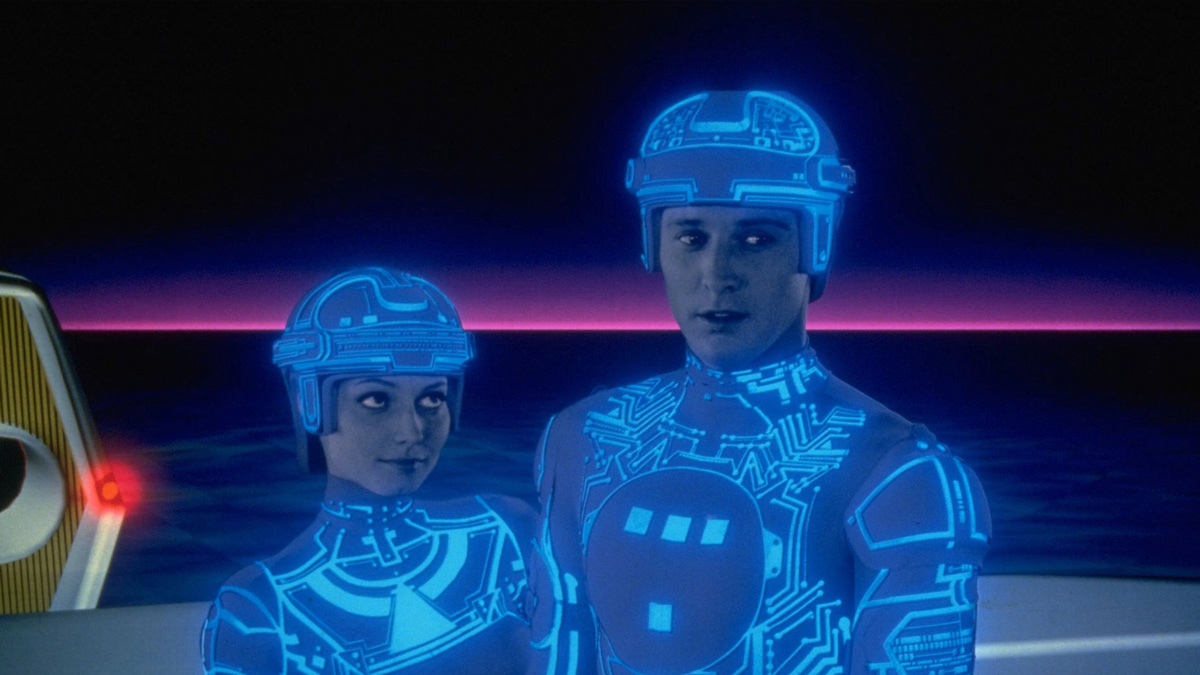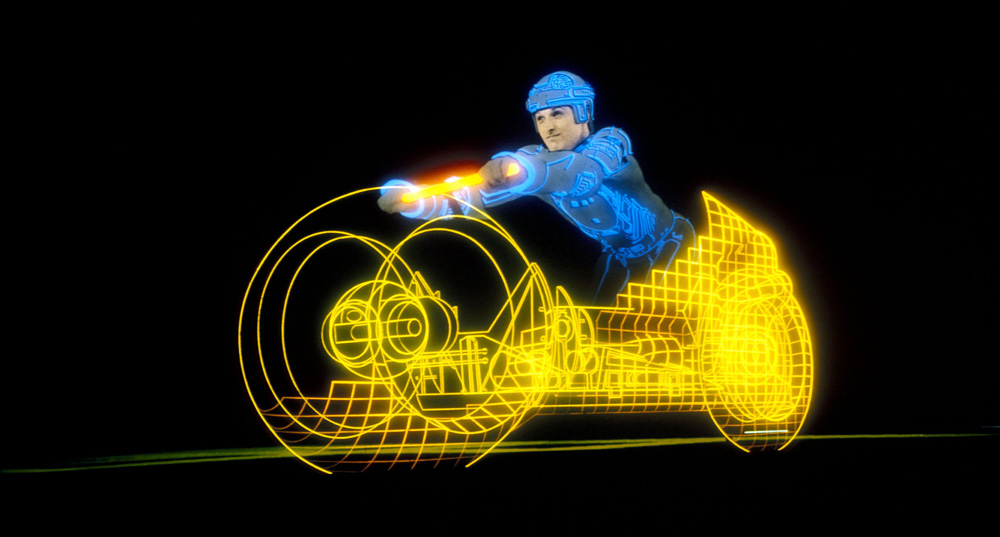
(c) Photofest / Getty Images
“Tron” The first full-scale CG movie in history, the long road to birth (Part 1)
2020.05.15
“Tron” has finally started moving
Kushna and Lisberger saw "Adam Powers" before its release and decided the time was ripe. Immediately, he asked Triple Eye to produce a pilot film for ``Tron,'' and took it to various film companies. However, even when I explained the plot as ``programs with personalities and emotions fighting inside computers...'', most people responded that they ``didn't understand the meaning.''
Finally, a company appears that gives the OK to this project. That was almost last on their list: Walt Disney Productions (now Walt Disney Company). The reason they didn't pay attention to Disney was because it had a conservative image and was thought not to entrust production to outsiders.
"Black Hole" preview
However, there were circumstances on Disney's side that they could not change. After Walt passed away in December 1966, the company's creative ability visibly declined. A typical example is " black hole " (79). The film was released to great fanfare in an attempt to surpass Star Wars , but even the motion control camera ACES, developed in-house, was not utilized effectively, and the film ended up being an embarrassment. Furthermore, its poor design sense clearly showed that it had been left behind by the times. Therefore, it can be said that there was no choice but to be favorable to the introduction of new external forces.
concept design
Lisberger needed to visualize the difficult concept of Tron. In the early stages, concept art was drawn by Roger Alles, who was the art director for ``Animarpics,'' but it didn't feel quite right.
Therefore, three external designers were invited. The first one was Jean "Moebius" Giraud , a bande dessinée artist who also designed the spacesuits for Alien (1979). He is mainly in charge of character designs.

"Tron" (c)Photofest / Getty Images
It was Peter Lloyd, an airbrush illustrator who was popular in the advertising industry in the 1970s, who created the worldview of cyberspace, where neon tubes glow against a black background. His famous works include the jacket illustrations for Jefferson Starship's debut album `` Dragon Fly '' (1974) and Rod Stewart 's solo album `` Atlantic Crossing '' (1975).
Mecha designs such as "Light Cycle" (racing bike), "Electronic Tank" (tank), "Recognizer" (surveillance flying machine), "Sark Carrier" (air battleship), and "Solar Sailor" (air sailing ship) , was commissioned by Syd Mead, who created the character Vyger in Star Trek: The Motion Picture .
Click here for the second part
Text: Takayuki Oguchi
In 1982, he became the director of Japan's first CG production, JCGL. After working as the head designer for the IMAX Dome 3D video "Universe 2 ~Sound of the Sun~" at the Fujitsu Pavilion at EXPO'90, he became a freelance video creator. Won an Emmy Award for the NHK special ``Life: A 4 Billion Year Distant Journey'' (1994). His most recent work is the storyboard for the NHK special ``Space Spectacle'' (19). He is also a video journalist specializing in VFX, CG, 3D movies, art animation, exhibition videos, etc., and has contributed numerous articles to film magazines, theater pamphlets, the web, etc. In addition to being a visiting professor at Digital Hollywood University, he is also a part-time lecturer at Tokyo University of the Arts Graduate School of Animation Department, Waseda University Faculty of Science and Engineering, Japan Electronics College, Joshibi University of Art and Design Junior College, etc.
(c) Photofest / Getty Images

